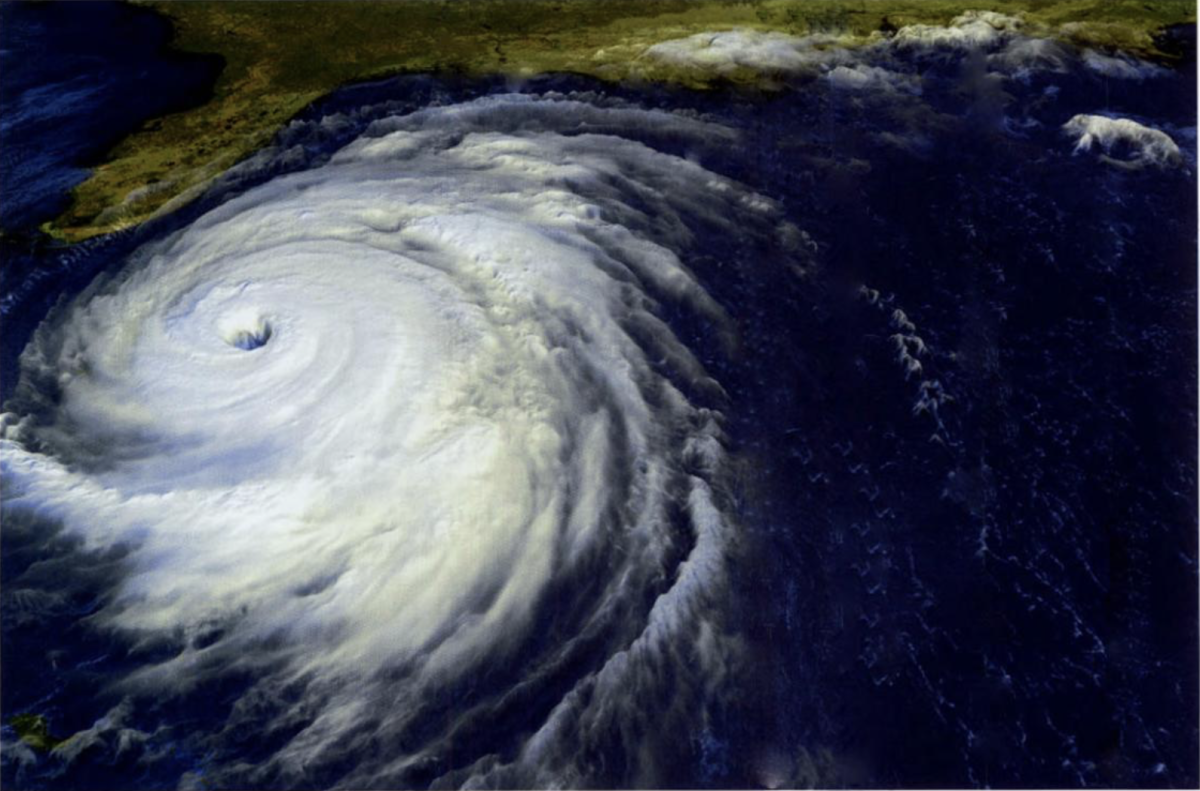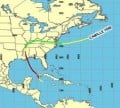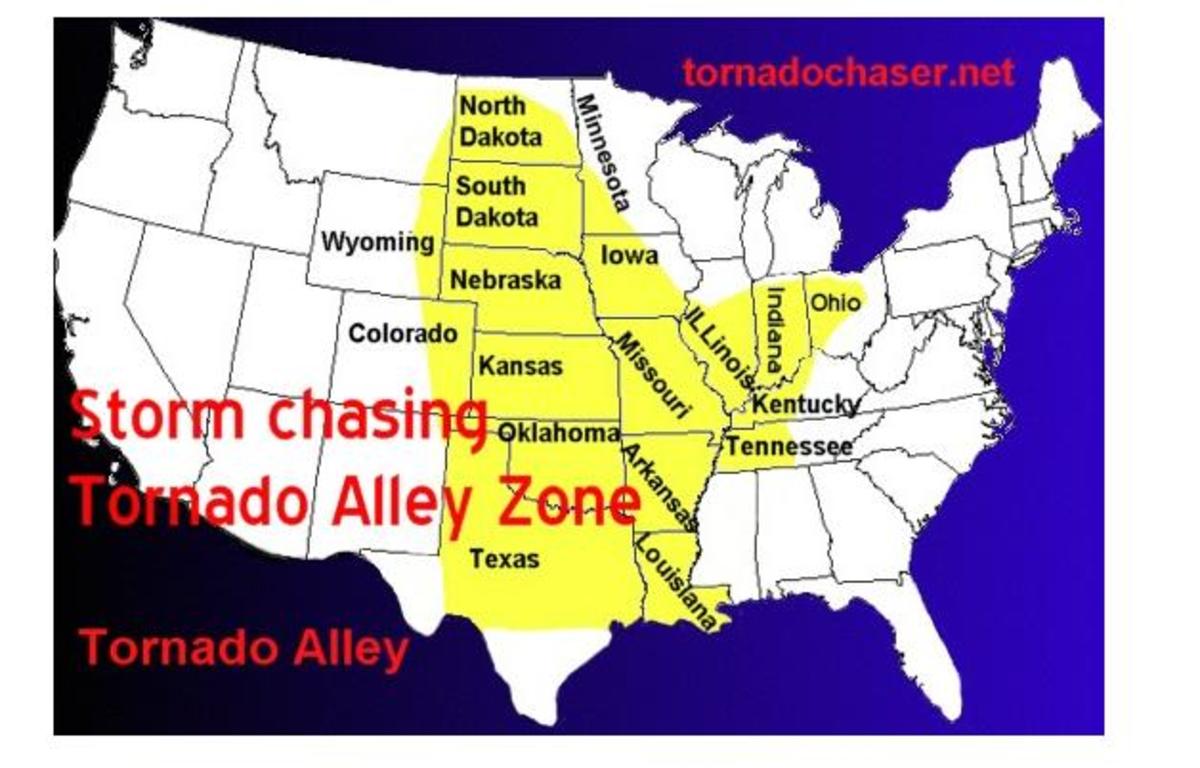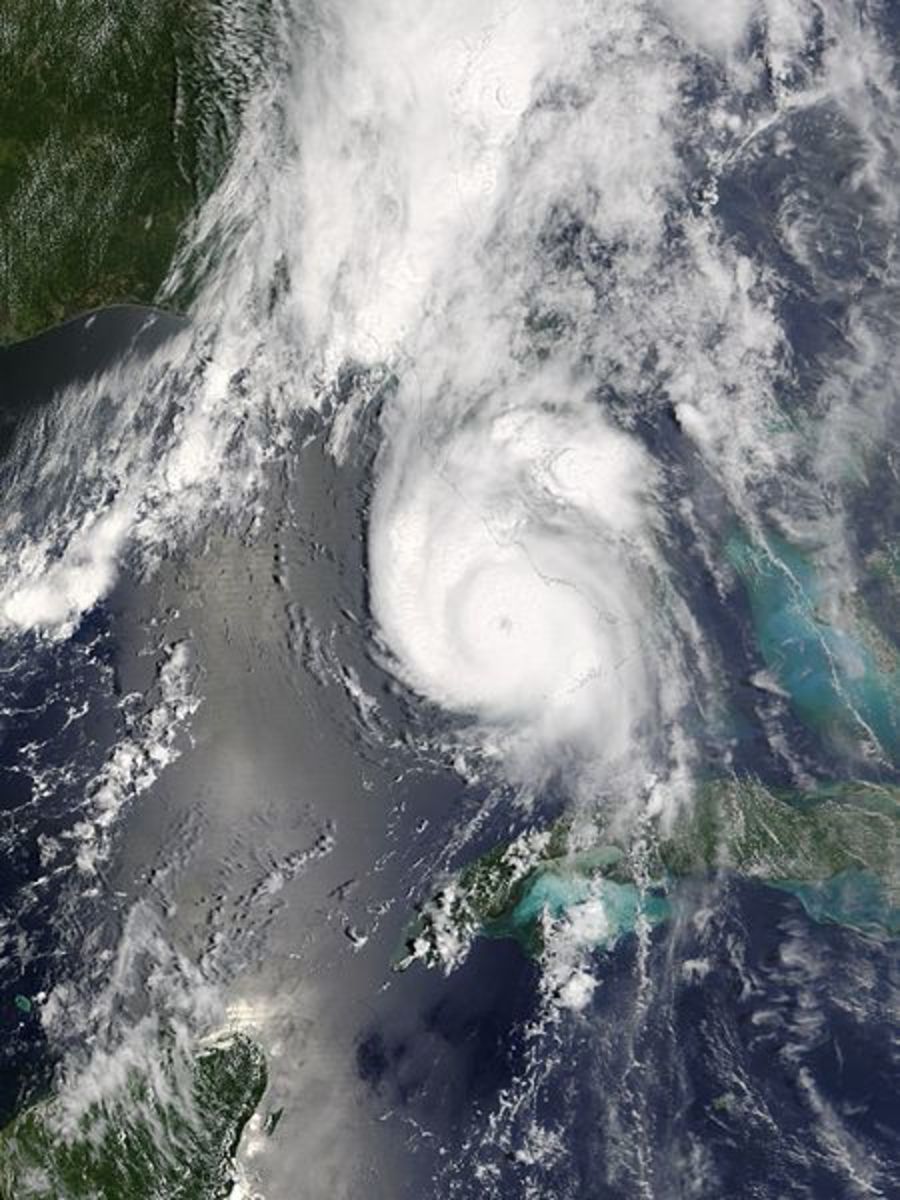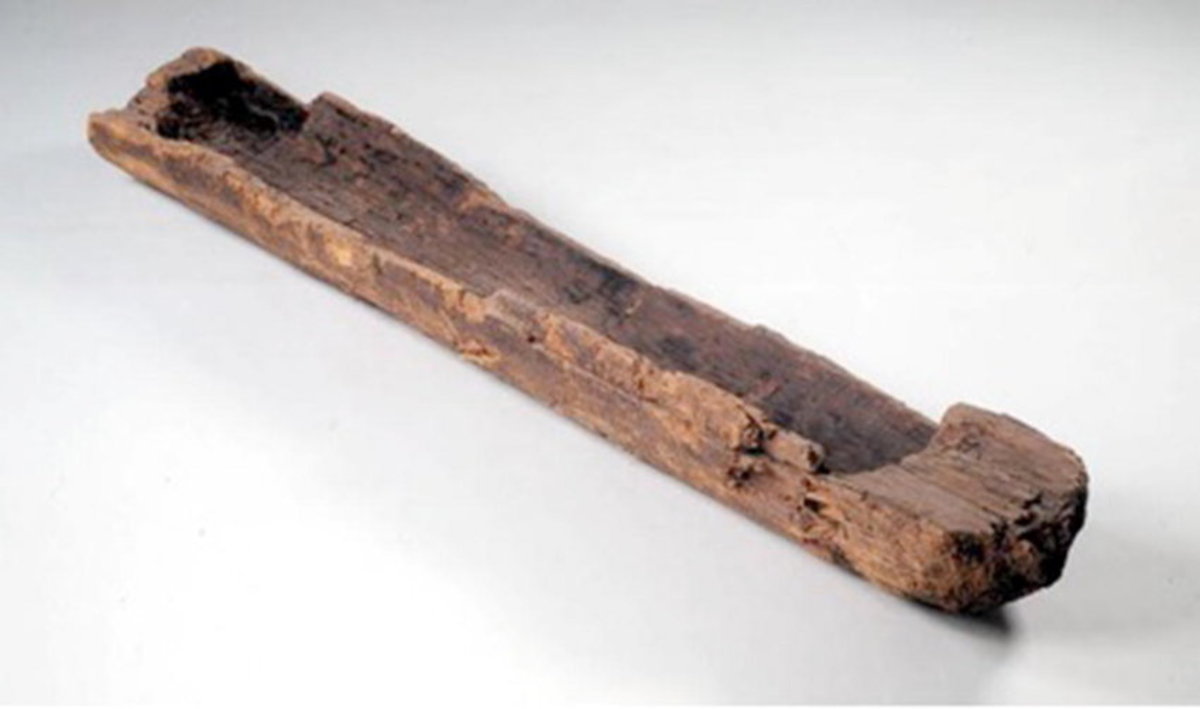What Are the Conditions Necessary for a Hurricane to Form?
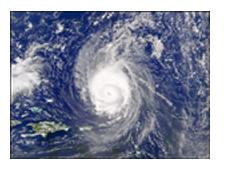
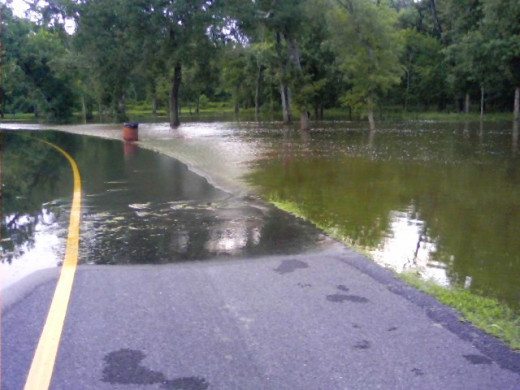
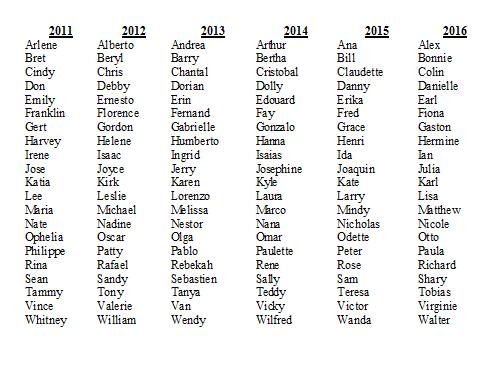
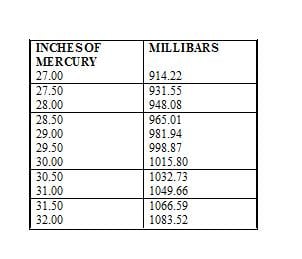
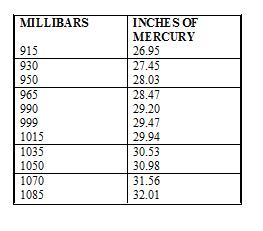
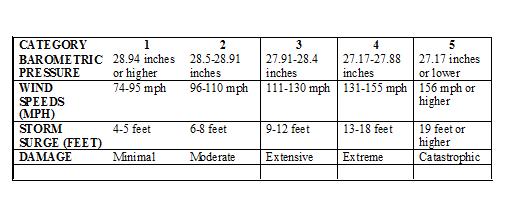
By Joan Whetzel
The Atlantic hurricane season falls between June 1st and November 30th each year, with the peak of hurricane season occurring between mid-August and the end of September. The dynamics involved in hurricane formation are quite complex. Meteorologists, though, have frequently updated technology which has helped them discover many of the conditions that need to be present in order for hurricanes to develop. Their technological advances and the ever-expanding knowledge base makes hurricane predictions much easier than in past decades.
Hurricanes Defined
Hurricanes are defined as severe tropical cyclones that begin in the Atlantic Ocean's equatorial regions, in the Caribbean Sea, or in the Pacific Ocean's eastern regions. These tropical cyclones travel to the north, the northwest, or the northeast. Hurricanes usually bring with them heavy rains, high winds speeds in excess of 74 miles per hour (119 kilometers per hour), and leave a lot ofland and property damage and deaths, in their wake.
Water Temperature, Air Temperature, and Humidity
Hurricanes need warm water (82 degrees Fahrenheit, 27.8 degrees Celsius) to develop. The warm water evaporates more easily, allowing the storm system to siphon off the water, which generates more energy inside the storm system. Cool water temperatures under a hurricane's eye-wall will drain energy from the storm, causing it to fizzle.
Air temperatures have the same effect as water temperatures. Warm air increases the energy of the hurricane while cooler air drain the energy from the storm system. High humidity adds to the moisture level while dry air depletes the moisture level within a hurricane. Having buoys and satellite technology to record ocean temperatures, air temperatures and humidity provide meteorologists at least some of information they need to determine if conditions are conducive to hurricane formation.
Tropical Disturbance
Simply having warm water, warm air, and high humidity isn't enough though. A tropical disturbance must be present to provide the seed of the hurricane. A tropical disturbance is a convection system, or a pre-existing low pressure system, that appears to be organized for at least 24 hours.
Cariolis Force and Rotating Winds
The Cariolis Force is the force caused by the rotation of the earth. This rotational force needs to be strong enough to start the storm system rotating around the eye-wall. The presence of winds at the ocean's surface are also a necessary ingredient to setting the hurricane rotation into motion. Satellite technology can detect these surface winds earlier than other instruments, which allows meteorologists an early advantage in hurricane prediction.
Upper Air Circulation
Upper air circulation are the winds at the top of the troposphere, that move in a poleward and westerly direction. These westerlies are necessary to support thunderstorm formation. They also cause the hurricane to move in a generally westerly direction from the point of origin.
Low Vertical Wind Shear
Vertical wind shears are a sudden change of wind velocity. Wind may travel either horizontally or vertically. In a hurricane, near the eye-wall, the wind moves vertically from the ocean surface to the troposphere. Changes in the vertical wind shear velocity are indicators of whether the hurricane is strengthening or weakening. In order for the hurricane to intensify, the wind shear must be 20 knots or less.
Once formed, hurricanes sustain themselves until they make landfall or until the encounter colder waters and/or colder air. Landfall robs the hurricane of its, while cold air and cold water rob the hurricane of its heat energy. Either way, once the hurricane's energy and fuel sources are depleted, the hurricane falls apart and dies a natural death.
Bibliography
Lyons, Dr. Steve. The Weather Channel. How Strong is that Hurricane?
http://www.weather.com/blog/weather/8_15152.html
MIT News. MIT Researcher Uses Simple Ocean Measurements To Predict Hurricane Intensity.
http://web.mit.edu/newsoffice/1999/hurricane.html
Gutro, Rob. NASA. Recipe for a Hurricane. http://www.nasa.gov/vision/earth/environment/HURRICANE_RECIPE.html
Goldman, Jane. NOAA. Noaa Hurricane Hunter Remote Sensing Device Gets High Marks For Measuring Hurricane Sea Surface Wind. http://www.publicaffairs.noaa.gov/releases2003/feb03/noaa03019.html
Merolla, Lisa. Cosmos. Lightning is New Hurricane Prediction Tool. http://www.cosmosmagazine.com/news/2671/lightning-tool-predict-hurricanes
National Weather Service, National Hurricane Center. The Saffir-Simpson Hurricane Wind Scale Summary Table.
http://www.nhc.noaa.gov/sshws_table.shtml?large
NOAA. Hurricane Preparedness.


